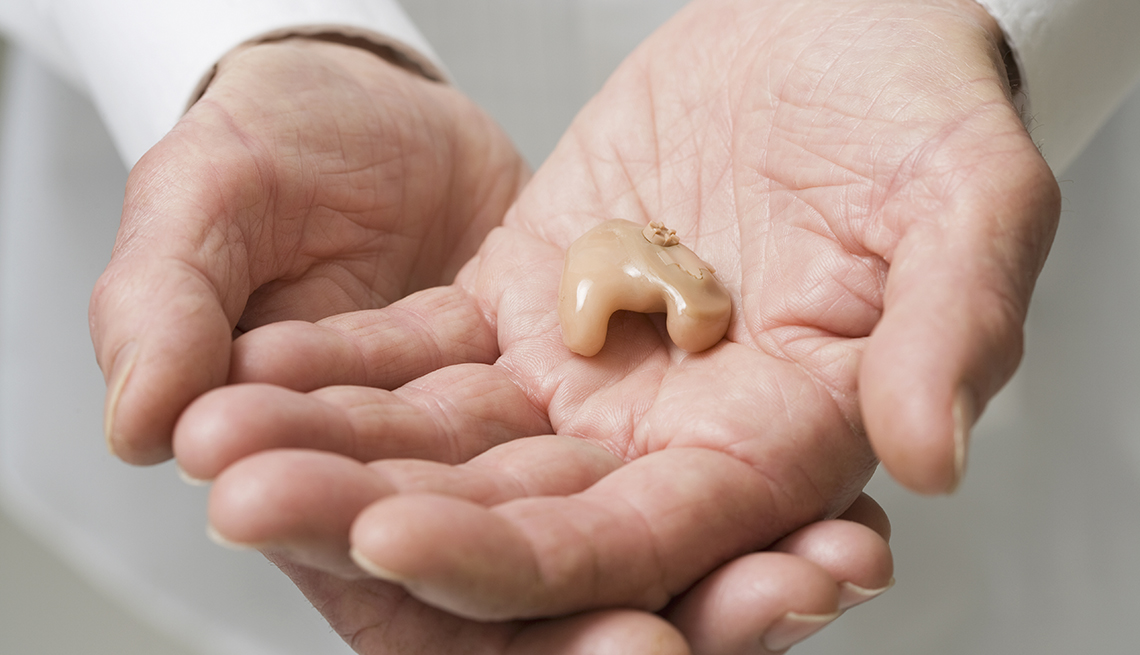Play all audios:
Listen to this: Nearly 1 in 4 people ages 65 to 74 and 1 in 2 over age 75 have disabling hearing loss. Yet only 16 percent of those under 69 who could benefit from hearing aids use them —
and fewer than 1 in 3 over 70. Why? Cost can be a big reason. Hearing aids tend to be pricey and are often not covered by health insurance plans. As a result, many people choose to get by
without the devices. Hearing loss is not only uncomfortable — and sometimes dangerous — but can also seriously affect your health in other ways. To stay safe and well, try these eight tips
to help you manage your hearing loss without paying top dollar. 1. SHOP AROUND With a wide variety of devices, services and prices available, you need to know the landscape before buying.
Technology and services (like testing, education, fitting and follow-up exams) are the main drivers of cost, according to Tom Powers, expert audiology consultant to the Hearing Industries
Association (HIA). Surveys have found that prices per device, based on both technology and services, range from $1,604 for an entry-level hearing aid to $2,063 for a mid-level one to $2,651
for a top-level option, he says. Features that can drive up price include size (is it visible?), rechargeability (many hearing aids no longer rely on batteries but are charged like
cellphones), better directional microphones, more channels for noise reduction and feedback suppression, and wireless or Bluetooth connectivity. On the low end is the big-box retailer
Costco, which buys in bulk and currently sells a pair of hearing aids for $1,400. But some people may need more comprehensive testing, follow-up care and specialty products than Costco
offers. 2. KNOW WHAT OPTIONS ARE INCLUDED IN THE PRICE Four key things to ask when considering a hearing aid provider: A. IS THERE A PAYMENT, SUBSCRIPTION OR LEASING PLAN that spreads out
the financial burden over time? The Whisper.ai, for example, uses a subscription model, so users pay $139 a month and benefit from periodic software upgrades, says Kim Cavitt, a Chicago
audiologist. B. WHAT ARE THE BUNDLING OPTIONS? On average, the hearing aid itself is only one-third of the total cost, says HIA President Kate Carr. Some practitioners “bundle” the
diagnosis, the actual hearing aid and follow-up exams. But make sure you need all three before paying for them. If you need just the device — say, you've already had an audiogram and
don't require the follow-up visits — you can save by going with an unbundled model. C. WHAT IS THE WARRANTY? Most hearing aids come with one. Ask the length of the warranty, whether it
covers maintenance and repairs and whether the provider gives loaner aids during repair periods. D. IS THERE A TRANSPARENT RETURN-AND-REFUND POLICY? Most states require a minimum 30-day
trial period for hearing aids.

